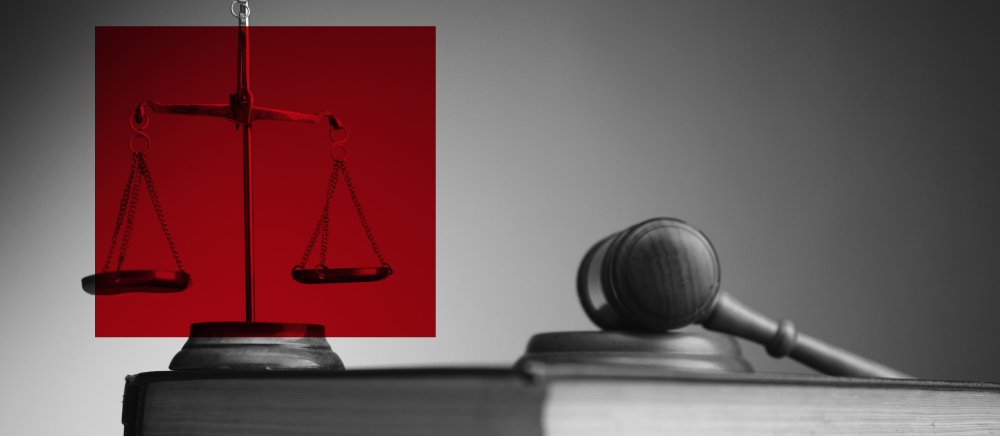The protective order discussed in this article ought to be distinguished from those protection orders that are intended to protect victims against domestic violence.
This article is intended to provide an overview about a protective order or sealing order in intellectual property litigation cases.
A protective order is a Court Order providing details of information that is deemed confidential by the disclosing party which is to be disclosed to other recipients. Such order will usually set out the terms and conditions, limits or restrictions that are applicable for the disclosure of confidential information or documents.
The objective for such protective order is to preserve the confidentiality of the information or documents to be disclosed. This will eliminate the risk of losing the confidentiality of such information and documents through usual discovery process. Protective orders are not something new in law and they have in fact been utilised for decades especially in intellectual property litigation cases such as patent infringement, misappropriation of trade secrets or unauthorised use of confidential information.
The English Court of Appeal case of Warner-Lambert Co v. Glaxo Laboratories Ltd [1975] RPC 354 provides an idea of a protective order. In this case, the plaintiffs sued the defendants for infringement of patents relating to steroid compounds and their manufacture. The defendants claimed that secrets of commercial value connected with the process for the manufacture of the steroid preparation of which complaint had been made. The defendants had given discovery of their process to the plaintiffs’ counsel, solicitor, patent agent and an expert on their undertaking not do divulge the information except for the purposes of the action. The defendants were also willing to include another expert appointed by the plaintiffs in the UK. However, the plaintiffs required disclosure to be given without restrictions. Eventually, the English Court of Appeal ordered a conditional disclosure to the plaintiffs’ chief executive only.
The case of Warner-Lambert laid down a few salient points when granting a protective order (pages 354 to 355) –
(a) Where the alleged infringer claimed secrecy in an alleged infringing process, the governing principle was that the court should resolve the conflict of interests of the parties by ordering a controlled measure of discovery to selected individuals
(b) The terms should ensure that there should neither be use nor further disclosure of the confidential information to the prejudice of the defendants yet so that the plaintiffs would have a free full degree of disclosure as would be consistent with the adequate protection of any trade secret of the alleged infringer
(c) There is no universal form of order in such circumstances: the court must in each case decide what measure of disclosure was appropriate, to whom it should be made and on what terms that disclosure should be given
In Malaysia, though there is no reported case relating to the grant of a protective order in intellectual property cases, Justice Wong Kian Kheong mentioned it in passing in an unreported Malaysian High Court case of Shizens Cosmetic Marketing (M) Sdn Bhd v. LVMH Perfumes And Cosmetics (M) Sdn Bhd [2019] 1 LNS 258 as follows which seems to suggest that it is possible to obtain such protective order in Malaysia –
“Both parties in this case had consented to a protective order to ensure that only the court, the Plaintiff’s solicitors and certain persons from the Plaintiff could have access to the confidential information contained in DBR’s Research – please see Buckley LJ’s judgment in the English Court of Appeal case of Warner- Lambert Co v. Glaxo Laboratories Ltd [1975] RPC 354, at 359-360”.
In another unreported Malaysian High Court case, Singham Sulaiman Sdn Bhd v. Appraisal Property Management Sdn Bhd & Anor And Another Case [2018] 1 LNS 277, Justice Wong suggested the following options available for a party who is concerned about the confidentiality of information to be produced in Court –
“(i) to redact the document in respect of the confidential information – please see Tokai Corporation v. DKSH Malaysia Sdn Bhd [2016] 1 LNS 1092; [2016] MLJU 621, at sub-paragraphs 26(1) and (2);
(ii) for a protective order to ensure that only the court, the opposing party’s lawyers and certain persons from the opposing party can have access to the confidential information – please see Buckley LJ’s judgment in the English Court of Appeal case of Warner-Lambert Co v. Glaxo Laboratories Ltd [1975] RPC 354, at 359-360; and/or
(iii) for an order that the document can only be produced if the opposing party undertakes to the court that the opposing party shall only use the document for the purpose of the case;”
Thus, a protective order in Malaysia is not unprecedented.





